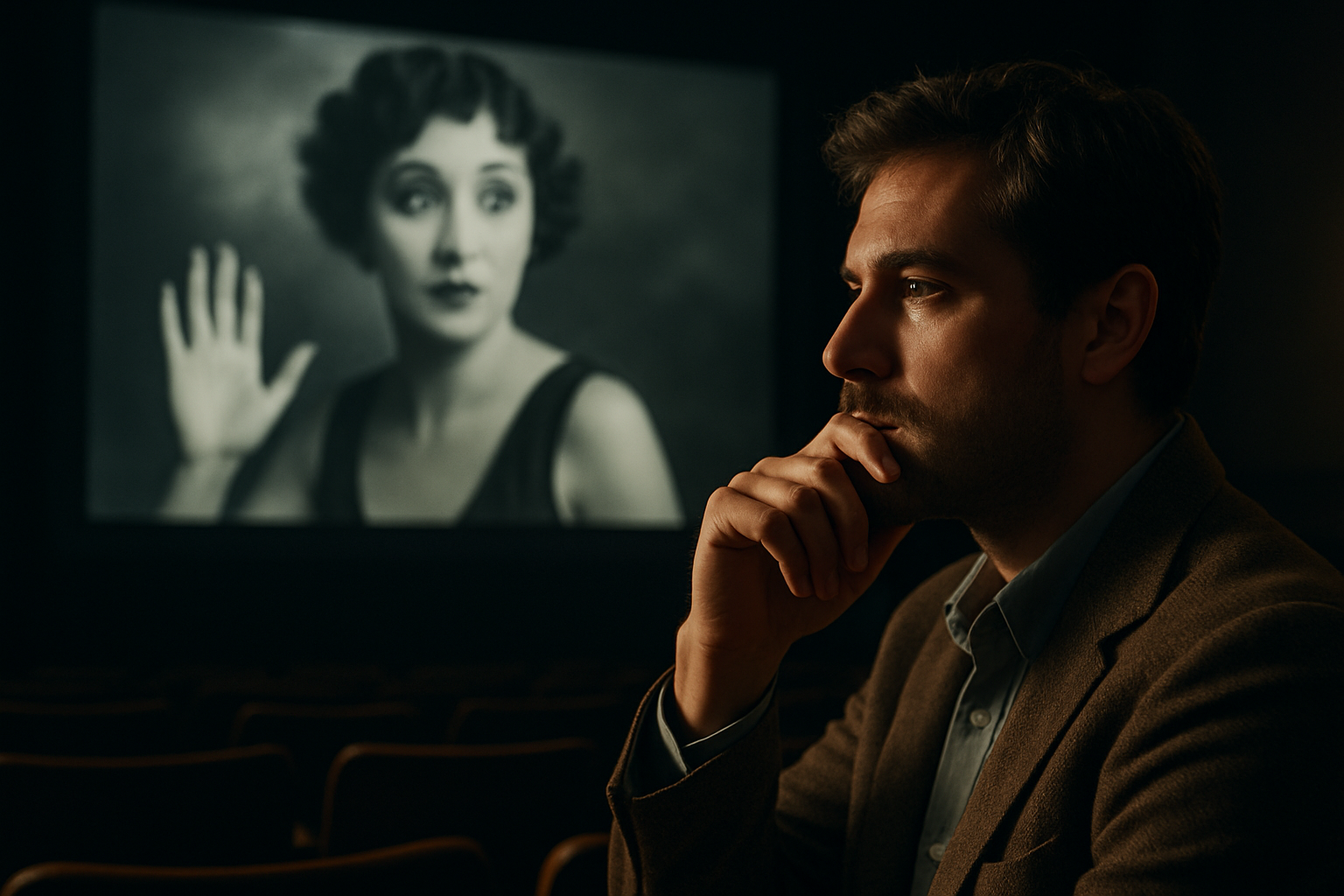Monochromatic Mastery: The Resurgence of Black and White Cinema
In an era dominated by vibrant special effects and dazzling color palettes, a surprising trend has emerged in the world of cinema: the resurgence of black and white filmmaking. This artistic choice, once considered outdated, has found new life in the hands of visionary directors who are using the stark contrast and timeless elegance of monochrome to tell powerful stories. From indie darlings to major studio productions, black and white films are captivating audiences and critics alike, challenging our perceptions of modern cinematography and visual storytelling.

Rediscovering Noir: Neo-Noir in Monochrome
The noir genre, synonymous with high-contrast black and white imagery, has experienced a revival through neo-noir films shot in monochrome. Directors are reimagining classic noir themes of moral ambiguity and urban alienation for modern audiences, using the interplay of light and shadow to create atmospheric tension. This resurgence has sparked renewed interest in film noir aesthetics among cinephiles and casual moviegoers alike.
Artistic Expression and Emotional Depth
Black and white cinematography has proven to be a powerful tool for conveying emotion and enhancing storytelling. By stripping away the distraction of color, filmmakers can focus on the raw emotions of their characters and the core themes of their narratives. This approach has been particularly effective in intimate character studies and historical dramas, where the monochromatic palette adds a layer of authenticity and timelessness to the storytelling.
Critical Acclaim and Awards Recognition
The artistic merit of contemporary black and white films has not gone unnoticed by critics and award bodies. Several monochrome productions have garnered critical acclaim and major awards in recent years, challenging the notion that color is necessary for cinematic success. This recognition has encouraged more filmmakers to experiment with black and white, leading to a diverse array of monochromatic works across various genres and styles.
Technical Challenges and Innovations
Shooting in black and white presents unique technical challenges that have spurred innovation in cinematography and post-production techniques. Cinematographers must carefully consider lighting, contrast, and texture to create visually compelling images without relying on color. This has led to advancements in digital grading and the development of specialized black and white film stocks, allowing for greater creative control and visual richness in monochrome productions.
The Role of Streaming Platforms
Streaming platforms have played a significant role in the resurgence of black and white cinema by providing a platform for niche and experimental films to reach wider audiences. These services have invested in original black and white productions and have made classic monochrome films more accessible, fostering a renewed appreciation for the art form among viewers of all ages. The algorithmic recommendations on these platforms have also helped introduce black and white films to audiences who might not have sought them out otherwise.
Educational Impact and Film Preservation
The renewed interest in black and white filmmaking has had a positive impact on film education and preservation efforts. Film schools are placing greater emphasis on the techniques and aesthetics of monochrome cinematography, ensuring that the next generation of filmmakers is well-versed in this timeless art form. Additionally, the resurgence has sparked increased efforts to restore and preserve classic black and white films, safeguarding cinematic history for future generations.
Cross-Media Influence
The black and white renaissance in cinema has influenced other visual arts, including photography, graphic design, and fashion. The stark elegance of monochrome has inspired creators across various disciplines to explore the expressive potential of working with limited palettes. This cross-pollination of ideas has further cemented the relevance of black and white aesthetics in contemporary visual culture.
Future Prospects and Artistic Possibilities
As technology continues to advance, the possibilities for black and white filmmaking are expanding. Virtual reality and augmented reality technologies present new frontiers for monochromatic storytelling, offering immersive experiences that challenge our perceptions of visual depth and dimensionality. The future of black and white cinema looks bright, with innovative filmmakers continuing to push the boundaries of what can be achieved within the constraints of monochrome.
A Timeless Art Form Reborn
The resurgence of black and white cinema represents more than just a nostalgic trend; it is a testament to the enduring power of monochromatic imagery to captivate and move audiences. By embracing the limitations and possibilities of black and white, contemporary filmmakers are not only paying homage to the origins of cinema but are also forging new paths in visual storytelling. As this renaissance continues to evolve, it promises to enrich the cinematic landscape, offering viewers a diverse array of monochromatic masterpieces that challenge, inspire, and entertain.





